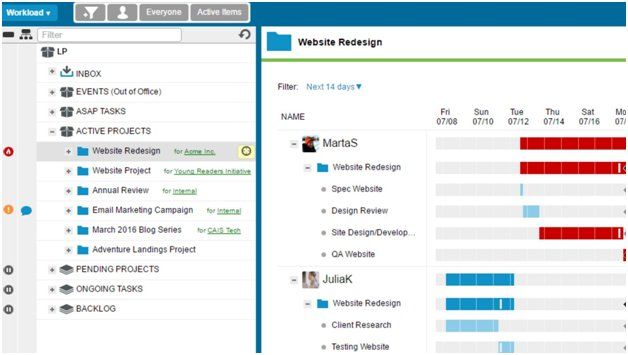

Many other platforms like Coinbase and Binance offer staking services. You may already be asking yourself, why Lido? Why not the myriad of other platforms offering staking services? Note: The platform now also offers staking on Terra (LUNA) blockchain and aims to integrate into more blockchains such as Solana. And this inclusivity opens doors for you to add a passive income stream. It makes Ethereum more inclusive and decentralized. It makes it easier for you to participate in Ethereum’s operation. Now, you also know why a platform like Lido matters. Once you stake your ETH on Lido, you’ll be eligible for ETH rewards proportional to the size of your stake compared to the total staked ETH. And just like your ETH, you can trade and transfer your stETH across decentralized finance protocols. As part of this, Lido offers you another ERC20 token stETH on a 1:1 basis for the ETH you stake. To make things better, Lido offers Liquid Staking to solve the liquidity problem in traditional staking explained above. It enables you to stake even a fraction of an ETH on Ethereum 2.0 and earn a passive income.įurthermore, it takes away the pain of understanding the technicalities or keeping your system running 24×7. Lido is a user-friendly, decentralized staking solution that lowers the barriers to entry for staking. Let alone all of it… For most of us, the first requirement itself is enough to strike ETH staking off the list of passive income sources. What makes things worse is that if you stake now, your 32 ETH will be locked until withdrawals are enabled on Ethereum 2.0… and that may take almost two years. You’ll also have to run your system 24*7 to avoid penalties for your absence. In addition, you’ll need a decent amount of technical knowledge to set up and run an Ethereum validator system on your computer. The minimum you must stake to become an Ethereum validator is 32 ETH (worth almost $100,000 at the time of writing). Instead of mining, PoS requires network participants to stake their ETH to become a validator and approve transactions on the Ethereum blockchain to earn rewards for their contributions.īut the barriers to do so shoot past the skyscrapers. To make the network more scalable, Ethereum is transitioning to Ethereum 2.0, which will replace the proof-of-work protocol with proof-of-stake (PoS). But first, a little background.Įthereum’s demand and the number of transactions have scaled so rapidly that its existing architecture is unable to manage the load appropriately. We’ll talk about Lido staking in a minute. In this article, we will explore one such platform called Lido, and how it helps you easily and securely stake your cryptos and grow your wealth. But all the planning in your head and the shower thoughts to stake cryptos and earn more cryptos wash away once you start assessing the barriers to entry.Īs people who’ve had humble beginnings in the crypto space, we totally resonate with that feeling.Ĭourtesy of modern-day crypto platforms, doing just about anything with your cryptos - from sending and receiving to staking or lending - is significantly easier now than it was a few years back. Maybe, you’ve even considered crypto staking to grow your wealth while you eat, sleep, workout, travel, or do whatever you do. Of all the options out there, cryptocurrency staking is the simplest to start with, and yet fairly complex. If you’ve taken the plunge into the exciting world of cryptos, you surely aren’t new to the concept of passive income and how it can grow your wealth. The Lido staking platform is breaking down the barriers to entry for making profits on your crypto – here, we explain why it’s great news for you. In this article, we explore what Lido is, why it matters, and how you can stake in the safest way using the platform. It takes away the burden of owning a minimum of 32 ETH or knowing the technicalities to stake ETH. Lido is a user-friendly, decentralized platform that offers staking services for Ethereum.


 0 kommentar(er)
0 kommentar(er)
